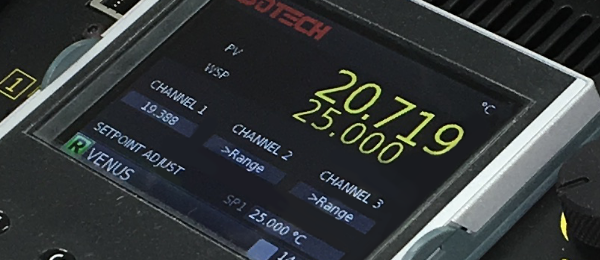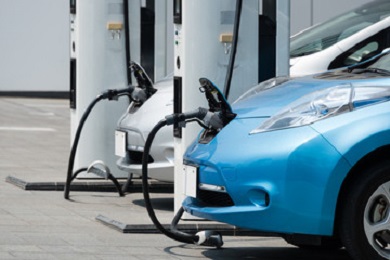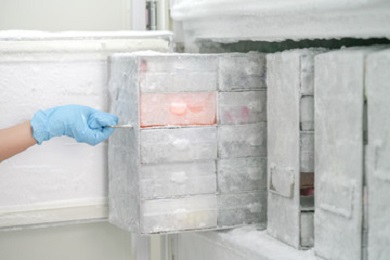Temperature sensor has characteristics. “Characteristics” refer to the situation where a temperature sensor that should be measuring at a certain temperature displays a value that is either higher or lower than that temperature in the environment it is being measured. This temperature difference is generally called “error”. The error is typical of each temperature sensor and can also be larger or smaller at different temperatures of measurement. When you purchase a temperature sensor from us, a test report or calibration certificate is supplied along with it, which clearly states the initial characteristics of the temperature sensor. Characteristics change with use, and the factors that contribute to this change may include thermal history, vibration, oxidation, and various other factors depending on the environment in which the product is used.
The temperature of the mixture of ice and water is about 0°C. This temperature is called the freezing point. Because the freezing point is easy to make and has excellent temperature reproducibility, some types of sensor are often used for routine inspections. Insert the new temperature sensor you purchased into this freezing point and take a measurement. It most likely indicates 0℃. However, temperature sensors are instruments that characteristics may change with use. Does the thermometer you are currently using show 0°C as initially?
There is no traceability to the temperature at which these physical properties are utilized; it is only an inspection. In addition, considering the temperature range used, 0°C is probably not sufficient in many cases.
There are two possible methods for traceability at arbitrary temperature given. One is to maintain in-house temperature calibration facilities and perform in-house calibration, as we do, in this case, we can offer from the high-precision temperature calibration systems to simple calibration systems on-site. The other is to request temperature calibration from an external JCSS-accredited service provider, this case we also provide on-site calibration services for temperature sensor and/or indicator especially that are difficult to transport.




